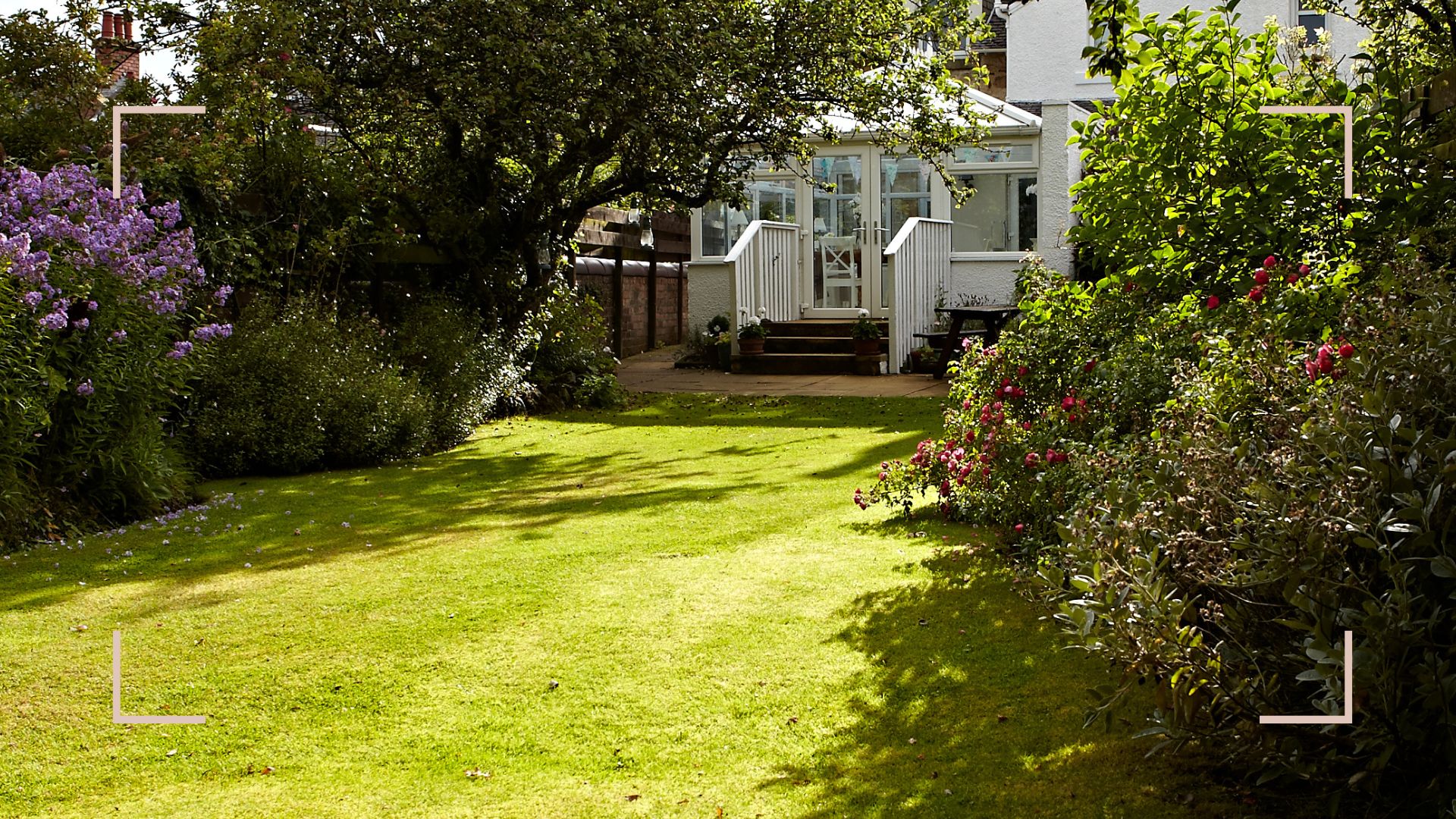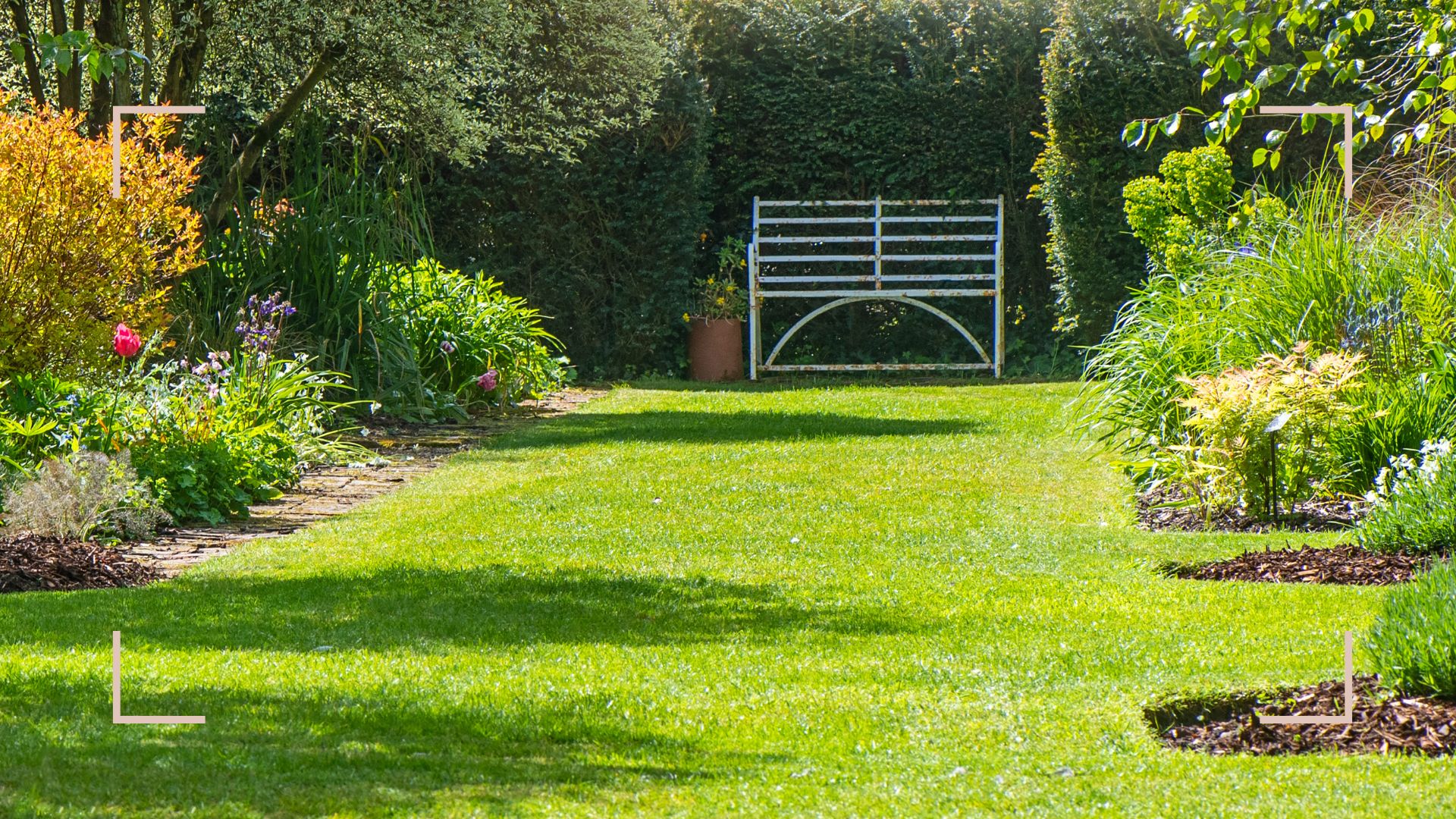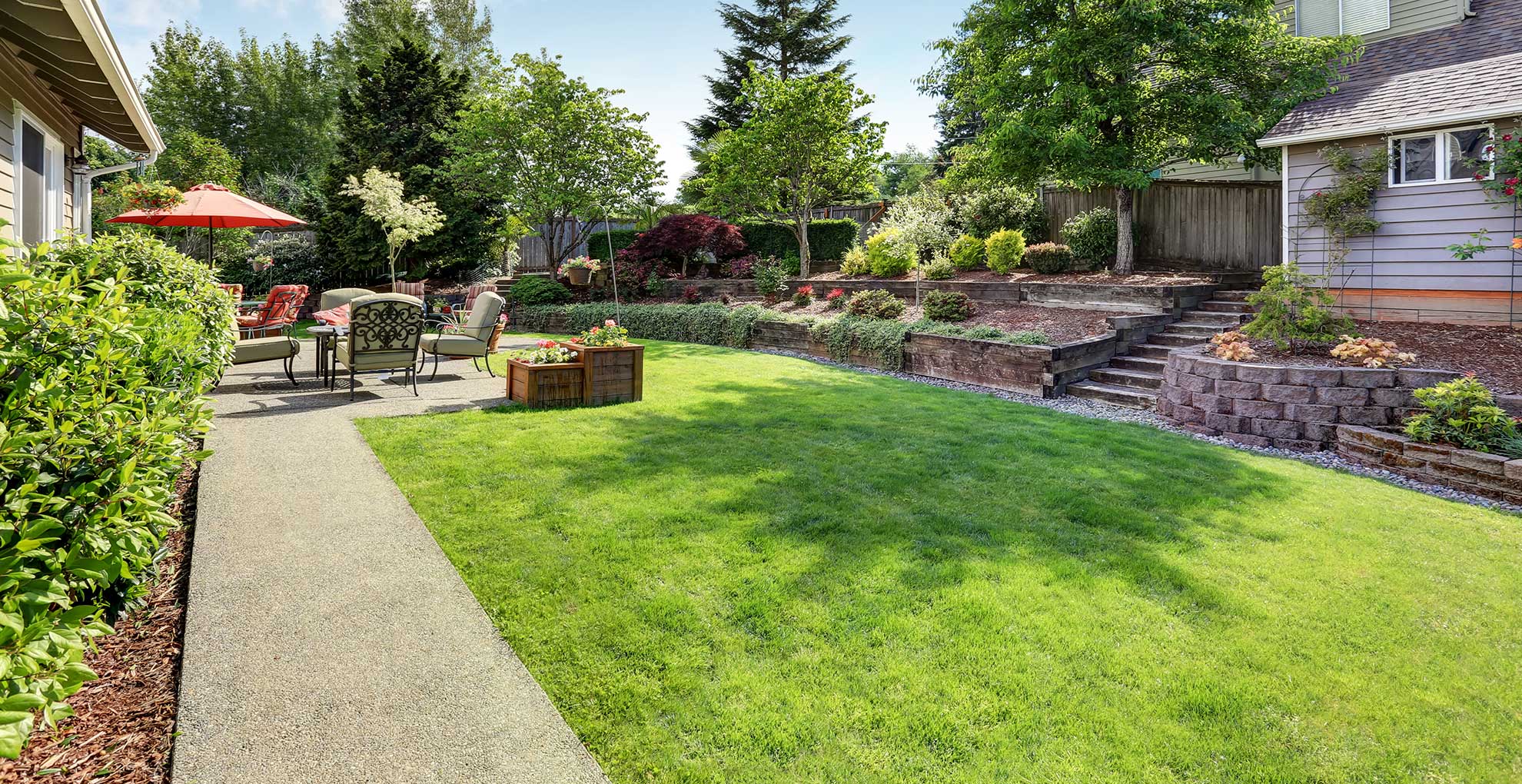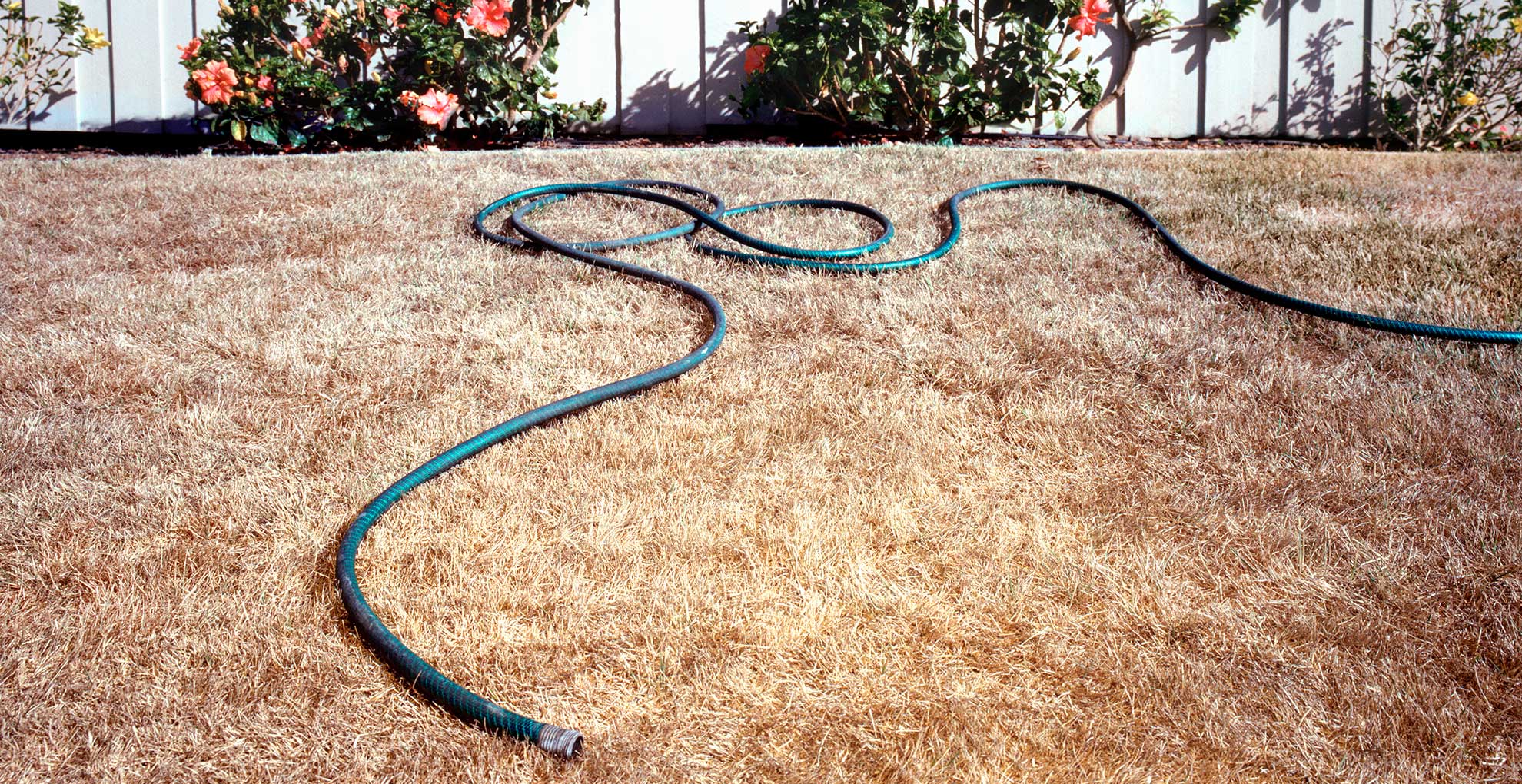How often should you water your lawn in summer? Expert advice for healthy grass
When it comes to watering your lawn during the hottest months knowing how much is everything, too much or too little can have an impact on the health of your grass


Watering your lawn efficiently is hugely important for maintaining impeccable grass, especially during the hot summer months. But how much is enough? How long should you water your lawn to cope with the heat? We ask garden experts to share their professional advice.
Summer heat can cause havoc with regular gardening routines, with many wondering if you should water outdoor plants every day in hot weather and how often you should mow the lawn and how often to fertilise for healthier grass.
Here is how often and how best to water your lawn during the summer months to ensure your grass is happy, healthy, and hydrated.
How often should you water your lawn in summer?
During hot periods of weather, how often you water becomes more important for keeping grass healthy, hydrated, and looking its best. So, should you water the grass every day during hot weather? "No, you should not water your grass daily during hot weather unless it is a newly sown lawn," says Julian Palphramand, Head of Plants at British Garden Centres.
See our advice on how often to water newly seeded lawns.
"For established lawns, watering deeply but infrequently is better. We recommend watering 2-3 times a week is sufficient, allowing the soil to dry out between waterings. This encourages deeper root growth, making the grass more drought-resistant."
Top tip: "Mowing your grass at a higher setting helps retain soil moisture and reduce evaporation," says Julian. "Collecting and using rainwater from a water butt can further reduce water use. Avoid watering during windy or hot afternoon hours."
Sign up to our free daily email for the latest royal and entertainment news, interesting opinion, expert advice on styling and beauty trends, and no-nonsense guides to the health and wellness questions you want answered.

Overseeing the procurement and selection of indoor and outdoor plant varieties for the company's 62 retail stores across the UK makes Julian an expert in sourcing the perfect plants. His expertise in horticulture and his passion for fostering a love of plants among customers help drive the continuous growth and success of the group.
As with all guidelines, you might need to adjust this timeframe based on your observations of how your grass is looking to avoid making any lawn care mistakes.
"If your lawn appears overwatered or underwatered, scale the duration back or ramp it up, respectively," advises Sean Lade, irrigation expert and director of Easy Garden Irrigation. "This approach should help you keep your lawn in the best possible condition throughout the summer."
He goes on to say that the best practice, generally, during the other months of the year, is to soak the lawn.
"You want to apply an inch or two (25-50mm) of water to the lawn so it can sink beyond the grass root zone," Sean explains. "This helps the lawn develop deep roots and makes it more resistant to drought conditions."
"You can lay a small glass on the lawn to help you gauge how much water you are applying. If you have shaded areas that don't get much sun, don't soak them as much. If the lawn is so dry that the water starts to run off, water in stages across a couple of days."

What time of day should you water grass in summer?
Timing is everything when it comes to watering your garden in the summer, especially lawns, because they are so exposed. "The best time to water your lawn in summer is early in the morning, as this allows the water to soak into the soil and reach the roots before the heat of the day causes evaporation," Julian advises.
"Morning watering also gives the grass blades time to dry before the night time, reducing the risk of fungal diseases. Early evening is the next best option, but watering too late should be avoided to prevent prolonged dampness and disease overnight."
What's the best method to water the lawn when trying to conserve water?
With sustainable garden ideas being one of the most relevant garden trends of the past decade, it's only right to be mindful while you water. "We advise watering deeply and infrequently and try to use irrigation methods, such as soaker hoses or drip systems, to get directly to the grass roots," says Julian. "Putting your sprinkler on a timer will also help to conserve water, so you don’t use too much."
"Water only when the lawn shows signs of needing it. This is easy to check, as the grass will stay flat after being stepped on if it is dry and in need of water."

How to identify the health of your lawn
When it comes to identifying the health of your lawn, Sean recommends using a colour scale to quickly identify what the grass needs to be restored to its best condition...
- Green: Of course the aim is for luscious green because the darker the green, the healthier the grass. "You shouldn't expect your grass to be dark green 24/7, but this is a sign that your lawn is very happy and healthy," says Sean.
- Yellow: "Your lawn is deficient in chlorophyll and could do with a little care, this is to be expected in hot and dry conditions," explains Sean. If your grass is yellowing it's the ideal time to give your lawn a good soaking to get it looking its best.
- Brown/Red: "This is a sign the grass is stressed and you should take action as soon as possible. A brown color is usually a sign that the grass is dormant, a natural protection mechanism for grass to withstand weather changes. The grass is very tolerant and can recover from stress with just a bit of care and a regular watering regimen.

- Orange: This is not a natural colour for grass to be, so it should immediately ring alarm bells. "This is a sign that your grass is suffering from rust disease," Sean explains. "The orange colour comes from the fungi spores on the leaves. This comes about in wet and warm conditions and when the grass has not been cared for properly. This can kill the leaves of your turf, but in general, it will not kill the entire turf plant. To control this, invest in some lawn fertiliser, mow your turf properly, maintain good drainage, and water your turf properly."
- Silver: "When turf turns silvery blue, it is dead. At this stage, there is no recovery," explains Sean. It's best to plant grass seed and start again from scratch at this point.

Tamara is a highly experienced homes and interiors journalist with a career spanning over 22 years. Now the Lifestyle Editor of womanandhome.com, she previously spent 18 years working with the style teams at Country Homes & Interiors and Ideal Home. With these award-winning interior teams, she gained a wealth of knowledge and honed her skills and passion for styling and writing about every aspect of lifestyle and interiors.
A true homes and interiors expert, Tamara has been an ambassador for leading interior brands on multiple occasions, including appearing on Matalan’s The Show and presenting at top interior trend forecasting events such as the Autumn Fair and Spring Fair.